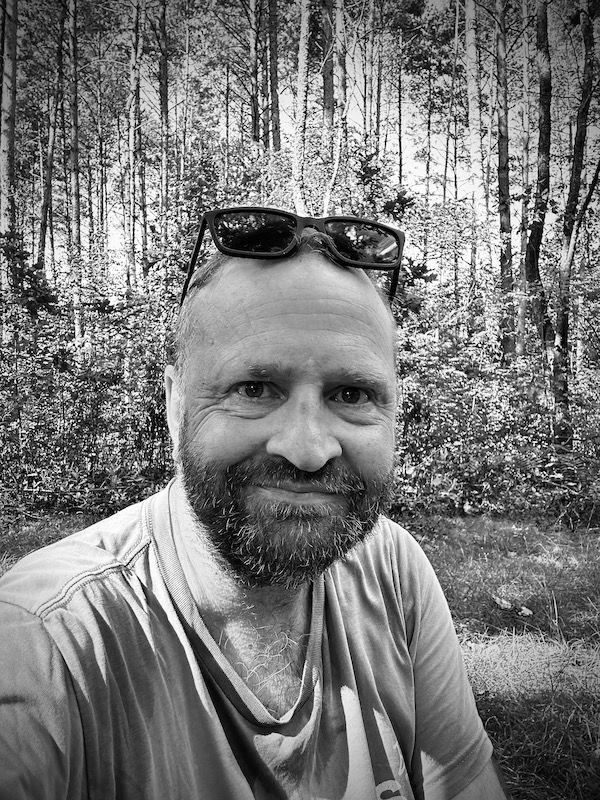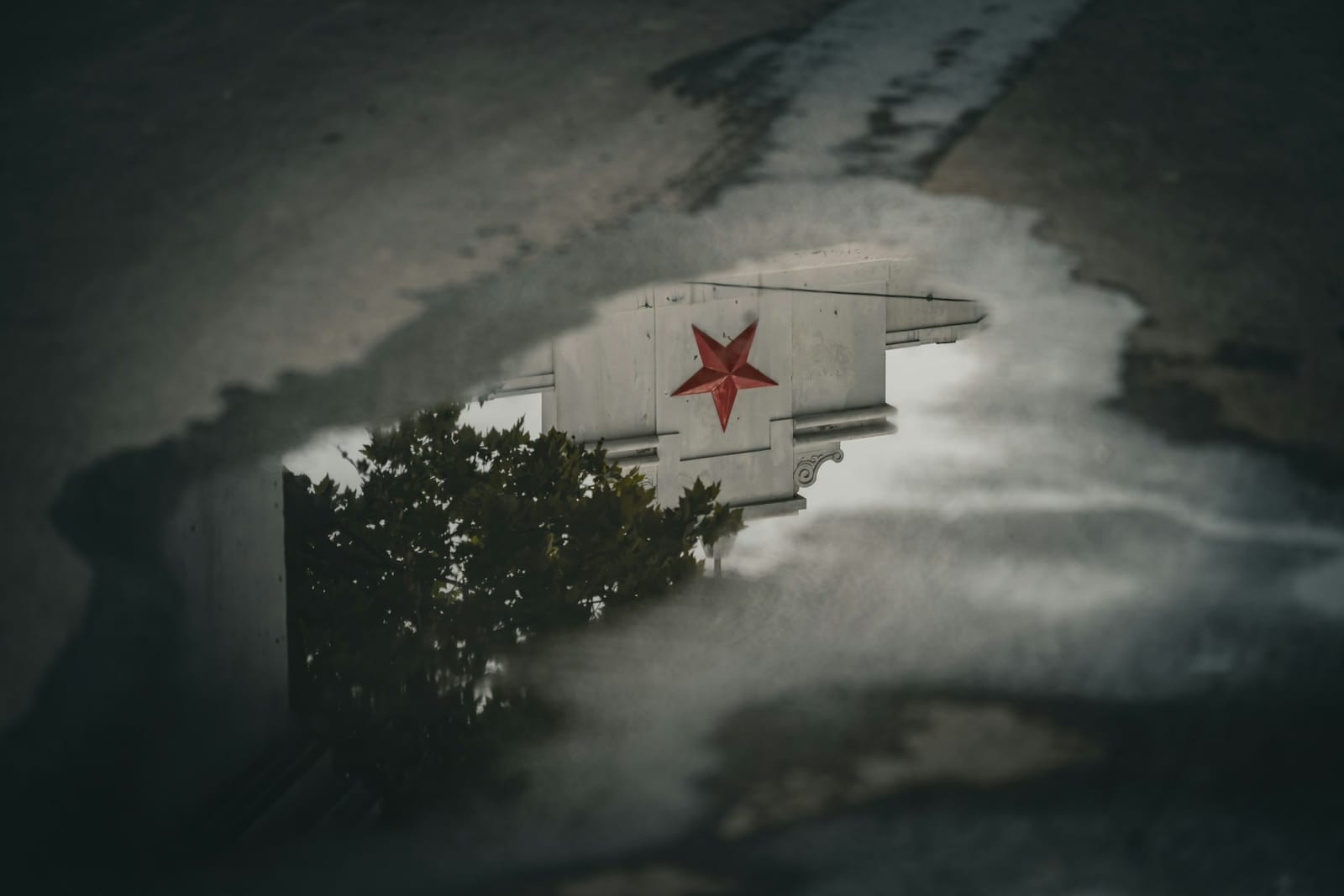It turns out that today has been very much one for the trams. A mixture of drizzling rain and a laconic mood, maybe. That’s okay though. I love riding the trams, I get to people watch and explore the city at the same time - whilst being sat down. Bonus.
This morning, not for the first time I was struck by how many people travel glued to their mobile phones. Heads down, eyes blank, oblivious to the world around them.
I’m not judging here, just saying.
And I wonder what they are all consuming so avidly. What information is logging into their internal systems and holding their attention? Is this information factual or artificial? Is it safe or coercive?
After all, one only has to turn on the broadcast news to see the myriad of dialogues at play. The narratives we need to navigate in order to make a personal decision. Take a point of view, if you like.
Having spent so much time close to the Ukraine and Belorussian borders recently, it’s easy to see that the threat of war is alive and kicking here in Poland at least. European politics are a lava lamp of fear, reaction and confused narratives.
It’s pretty scary, to me at least.
Even scarier is the thought that “people” are shaping their individual thoughts and positions through the information they consume, how they consume it and process it in light of the very hegemonic structures of feeling we all share our lives with.
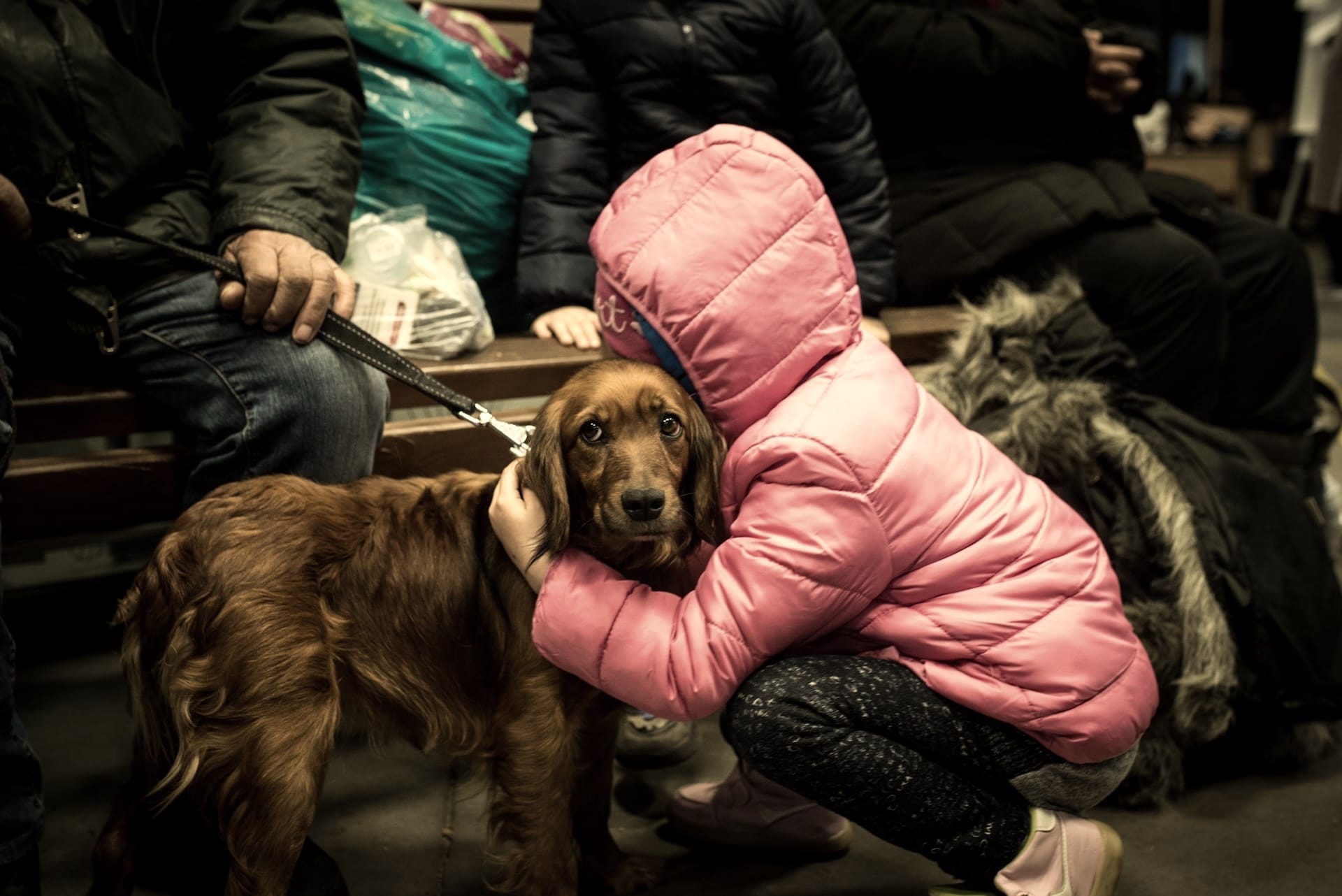
And that got me thinking back to my university days. (Another great thing about riding the trams - daydreaming.)
In his seminal book "Hiding in the Light" cultural theorist and personal hero Dick Hebdige explores how media and communication technologies have fundamentally shaped the way we understand the world, ourselves, and major events like war and conflict.
In his writing, from a postmodern perspective, Hebdige argues that far from being objective lenses for viewing reality, the media actively construct our realities and reinforce dominant ideological assumptions.
And that’s exactly what I find so terrifying and intriguing in equal measure.
Given the state of the world, and my fellow passengers’ mobile addiction, I wonder if old Dickie’s media theory can demonstrate if and how pervasive media representations influence public comprehension of war and conflict.
Quality tram-time thinking... hear me out.
As you all know, I am very much a (postmodern) skeptic, with more than my fair share of concerns about media neutrality and objectivity.
For me, today's questions are:
01: How do media frames limit peoples perspectives?
02: How does the consistent repetition of certain tropes create a dominant war narrative?
03: Can the media really psychologically distance the public from war's genuine impacts?
04: Ultimately, how does all this aesthetically mediate viewers' experience of violence?
Even before I get into my thoughts, it’s clear to me that when consumed uncritically, dominant media war storytelling profoundly limits how we understand, emotionally relate to, and politically respond to military conflict.
Given the perilous situation in Europe right now (and the world in general, I guess) there’s no harm in my questioning how “war news” shapes public consciousness now and in the future.
Is there?
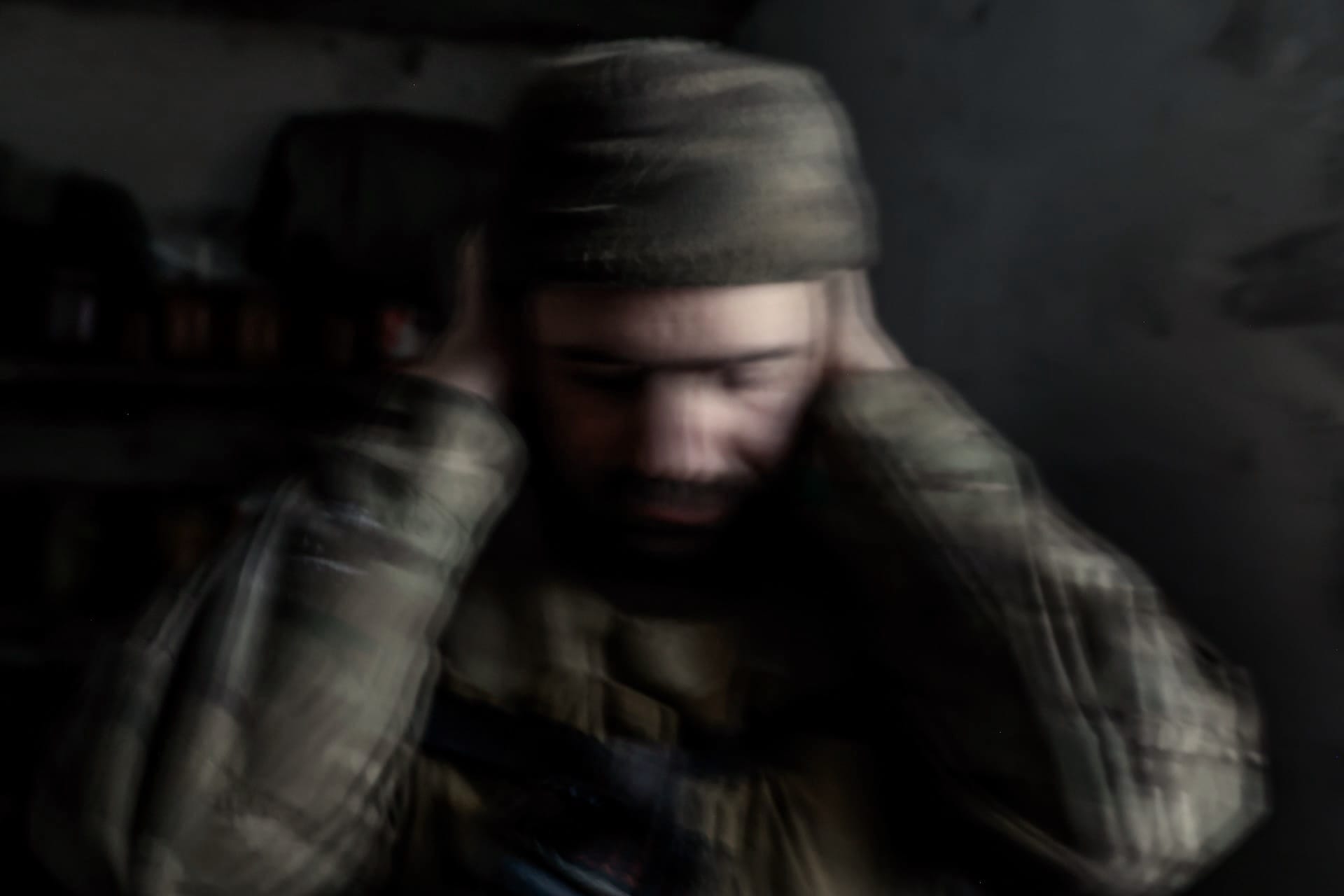
The Power of Framing: Limiting Perspectives on War
A fundamental theme in Hebdige's analysis is the media’s power to define the boundaries of discourse and thought. Applied to war reporting, I think “framing” refers to how media outlets present the context, causes, perspectives, roles, and responsibilities related to a conflict. Simply put, the way journalists and editors frame foreign conflicts dramatically influences how the public interprets and evaluates them.
One prominent example comes to mind. During the opening phase of the 2003 Iraq War, western media overwhelmingly framed the conflict through a “war on terror” lens focused on Saddam Hussein’s supposed links with Al-Qaeda and possession of “weapons of mass destruction.” This dominant framing drowned out wider historical contexts about America’s complex relationship with Iraq and the Middle Eastern region. As Hebdige would likely observe if he were writing his book today, by largely restricting the discourse to terrorism and WMDs, mainstream media framed the war on terms that suited official US policy and military action, marginalising critical contexts and anti-war perspectives.
Maybe the same is happening right now, in Israel? Or even Ukraine. What do you think?
The thing is, Hebdige hones in on framing’s very subtle power to shape assumptions below the level of conscious thought.
In other words, when audiences lack awareness of framing techniques, dominant media frames can make particular perspectives on war seem like common sense rather than ideological selections reflecting institutional power structures and nationalistic assumptions. Consequently, critical discussion of how media frames define the boundaries of acceptable war discourse is absolutely vital.
Especially as Tram 35 turns north onto Ul. Marszałkowska! Nearly home. Yippee.
It seems to me pretty clear that the commonly presumed “objectivity” in war reporting we consume frequently obscures subjective framing processes serving elite interests more than any sense of information democracy.
Hmm.
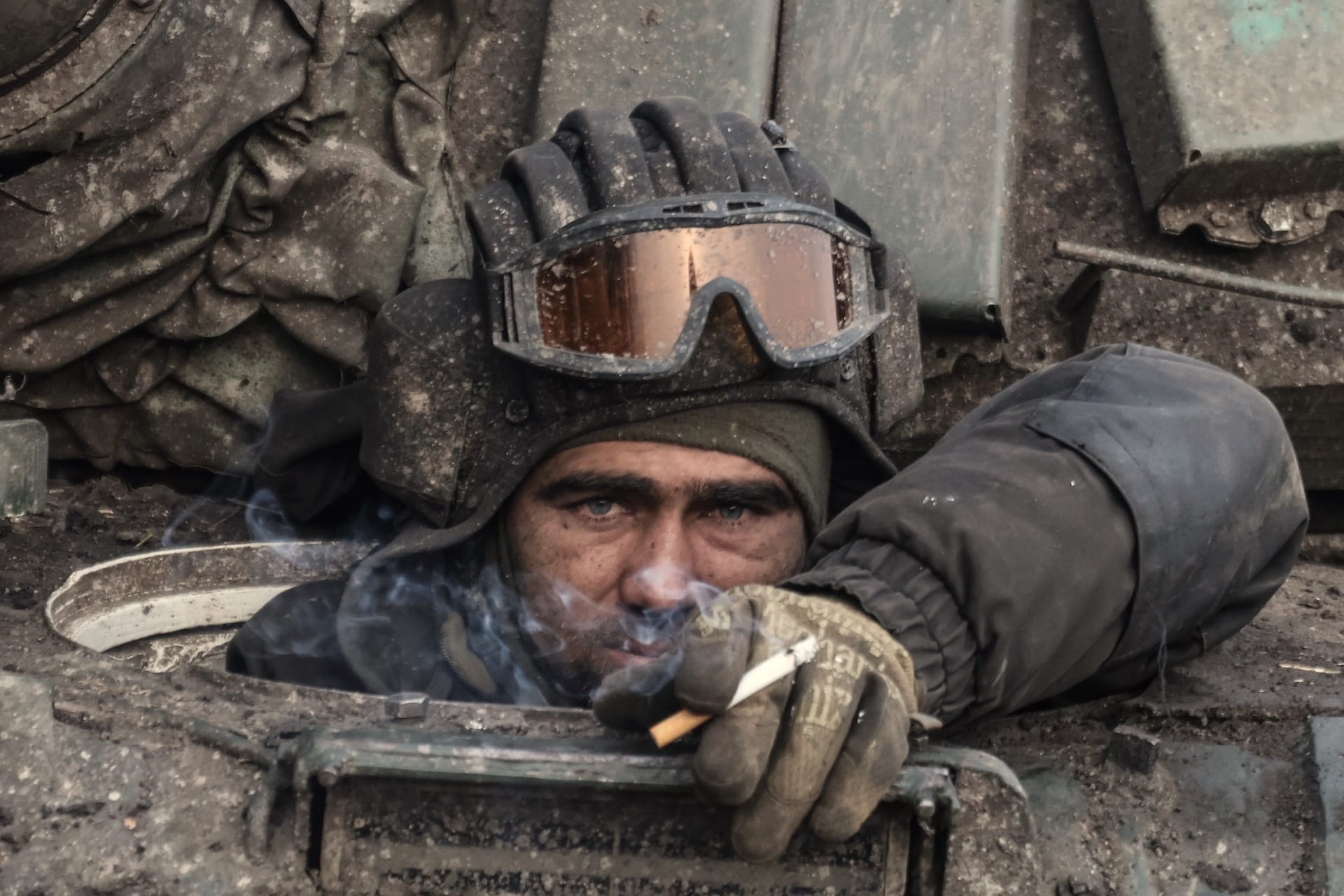
The “Reality” of Repetition: Normalising Views of War
In addition to framing setting discursive limits, Hebdige identified one of my biggest bug bears in broadcast news - by suggesting that repetition plays a major role in conditioning dominant cultural meanings about war.
How many times have you turned on Sky news and said out loud “I’ve just seen this!”?
To be specific here, Dickie’s media theory views the consistent mass reproduction of certain ideological messages, narratives, symbols, stereotypes, and truisms as very much installing and reinforcing dominant assumptions.
Let me put it this way - In the context of a violent conflict, like we have now in Ukraine or Israel, repetitive messaging across media platforms gradually normalises particular perceptions of war as inevitable, necessary, or inherent to human nature while marginalising alternatives.
And of course, “the media” isn’t just News at Ten. For instance, looking across films and independent news coverage reveals very consistent framing of Arab and Muslim identity in association with fanaticism, extremism, and terrorism.
Right?
To my mind, such type casting through unrelenting media repetition severely distorts public understanding of the incredible diversity among Arab peoples and has therefore normalised perceptions of violent threat. Notably, these mediated stereotypes have proven remarkably consistent despite dramatic political changes in the Middle East across recent decades.
The substrate power of repetitive media messaging normalising reductive identities and assumptions very much parallels my old mate Dickie’s ideas. When audiences consume predictable media formulas about “Arab violence” across formats, psychologically tropes congeal into a kind of unquestioned common sense below conscious reflection.
Consequently, as Hebdige might observe, repetitive media circulation of ideological truisms about “innate” or “backward” Arab aggression being responsible for Middle Eastern conflicts profoundly limits Western empathy, obscures recognition of Western imperialism’s historical and present impacts, and inhibits perception of alternates to military intervention.
We could almost certainly say the same things regarding the discourses at play in the Russo-Ukrainian war.
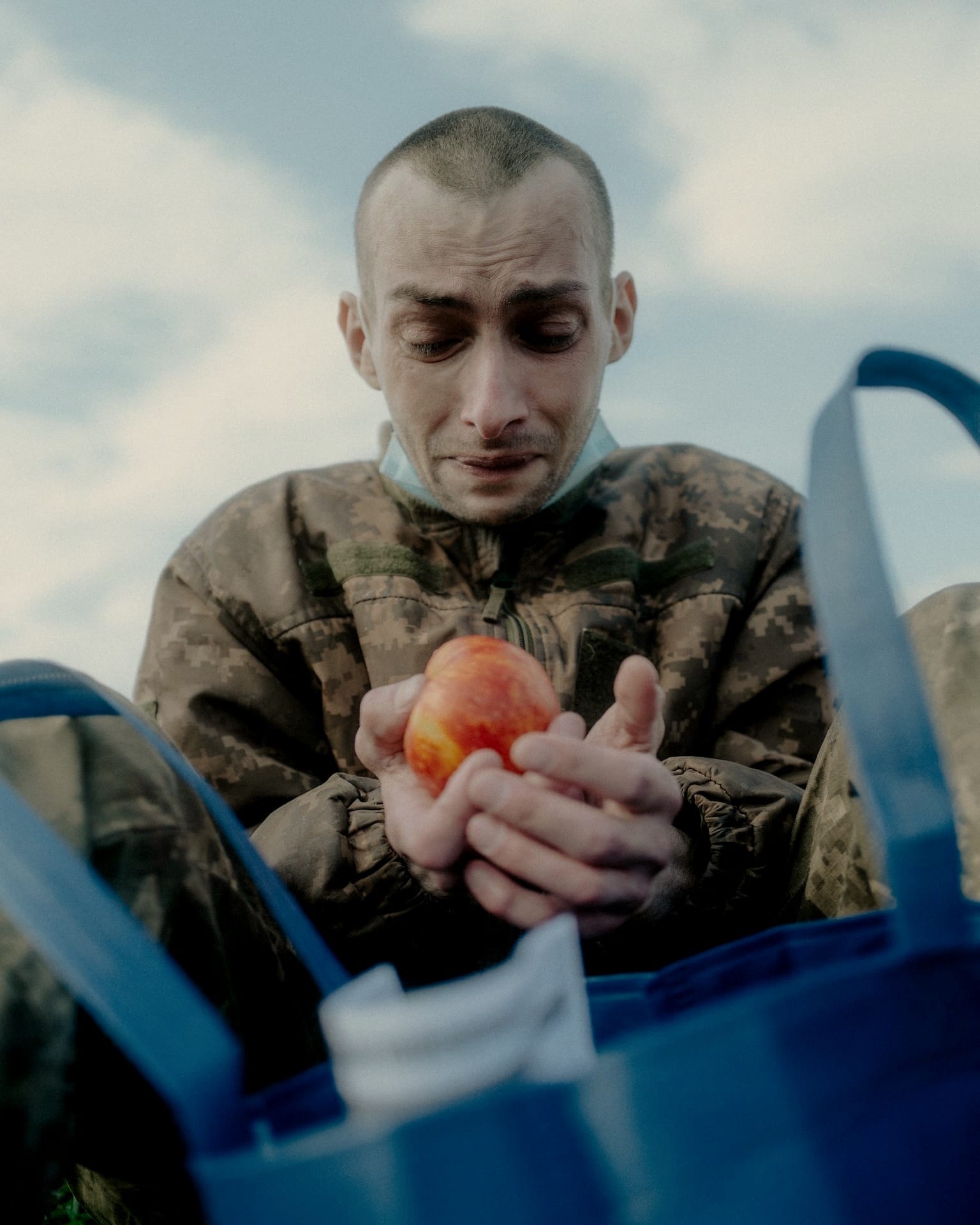
Psychological Distancing from Violence’s Impacts
Critically, Dickie Boy also explored how media aesthetics mediate emotional relationship to represent reality. His theory sees popular media frequently using stylistic techniques that encourage psychological distance from subjects rather than empathy.
Applying this lens to video coverage of military actions clearly reveals how aesthetic decisions limit emotive connection to conflict’s human impacts.
Looking at news footage and documentaries on Ukraine and Israel shows almost systematic psychological distancing through camera perspective, editing, and commentary/narration.
Specifically, aerial long shots of explosions and aircraft coupled with editing stitching together action sequences promotes perception of a exciting spectacle rather than showing war’s consequences for human bodies and communities.
Add into this mix some dramatic music, lack of extended interviews with civilian victims, and overall narrative focus on Western military technology and prowess limits empathy with those most impacted by bombings, drone strikes, assassinations and occupations.
Hence my practice of delving into YouTube to find out “what is really happening”. Only to discover that the deeper I dive the less I feel protected by the inherited balance of reporting from the major outlets.
It’s a tricky one, right?
While avoiding graphic imagery, this mediated spectacle of technological war establishes a normative psychological distance, whereas visceral footage exposing civilians’ suffering would spark outrage and rejection of state violence.
I’d argue that sure, visceral footage does indeed get aired. But I’d question the extent of its use and the techniques used to screen “us” from the realities it depicts.
Let's just pixelate that out, shall we?
Hebdige’s work clarifies to me how, through aesthetic decisions, the media does not just passively represent wartime realities but actively shapes public emotional relationship to conflict and willingness to either support, accept or condemn military action.
As a result, challenging how aesthetics mediate connections to state-sanctioned violence is vital, is it not?

The Allure and Anaesthesia of “Armchair Warfare”
Tying together Hebdige’s insights on framing, repetition and aesthetics reveals how commercial media coverage has increasingly transformed perception of Western warfare into a kind of immersive spectacle for global audiences.
I wrote about that, in relation to Ukraine, here.
Satellite feeds, embedded reporting, night-vision cameras and heads-up displays integrate viewers into technologically-mediated war experience while framing state violence as heroic spectacle.
Integrating these trends, another communication boffin, Andrew Hoskins, coined the term “armchair warfare” to capture how the media enables people to vicariously participate in military campaigns through enhanced visceral immediacy and identification, yet with simultaneously greater psychological insulation from empathy for war’s human impacts through media aesthetics and filtering.
Are we watching “the news” or playing Call of Duty?
Maybe, just maybe even people hostile to particular military actions may find all this propagating screen violence aesthetically irresistible?
What would Dickie think?
I’m sure he would likely argue armchair warfare’s immersive identification combined with distancing tropes carries implications far beyond specific battles. That is, by aesthetically integrating civilian spectators into the intersubjective networks and ideological frames of high-tech state killing, yet shielding us from empathy, armchair warfare subtly normalises and eroticises techno-military power as exciting spectacle while inhibiting capacity to politically contest endless war waged across the globe.
What do we know, then?
As my metaphorical Tram 35 nears my stop, I remain convinced that institutional framing, unrelenting ideological repetition, psychological distancing and immersive spectacle fundamentally shape peoples’ understanding of Western-led wars and conflicts.
It also make me fear for the minds of generations of consumers.
Overall, refreshing my memories about Hebdige’s work helps clarify for me how when consumed uncritically, corporate journalism and entertainment media severely limit how people conceptualise modern war in favour of perceptions aligning with state-corporate power structures.
So what’s next?
Well, moving forward, Dickie Boy would likely advocate for more intense skepticism toward media framing of events urging further military interventions, deeper understanding of aesthetic techniques inhibiting empathy for those impacted by war, and speaking truth to positively transforming public discourse regarding war, peace and security in our interconnected yet violently unequal world.
I, on the other hand, need to get another tram.
Time to hop on the No. 4 to Praga.
You like? You might like:

